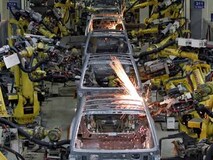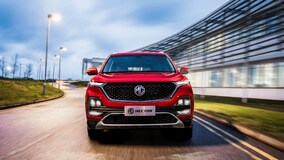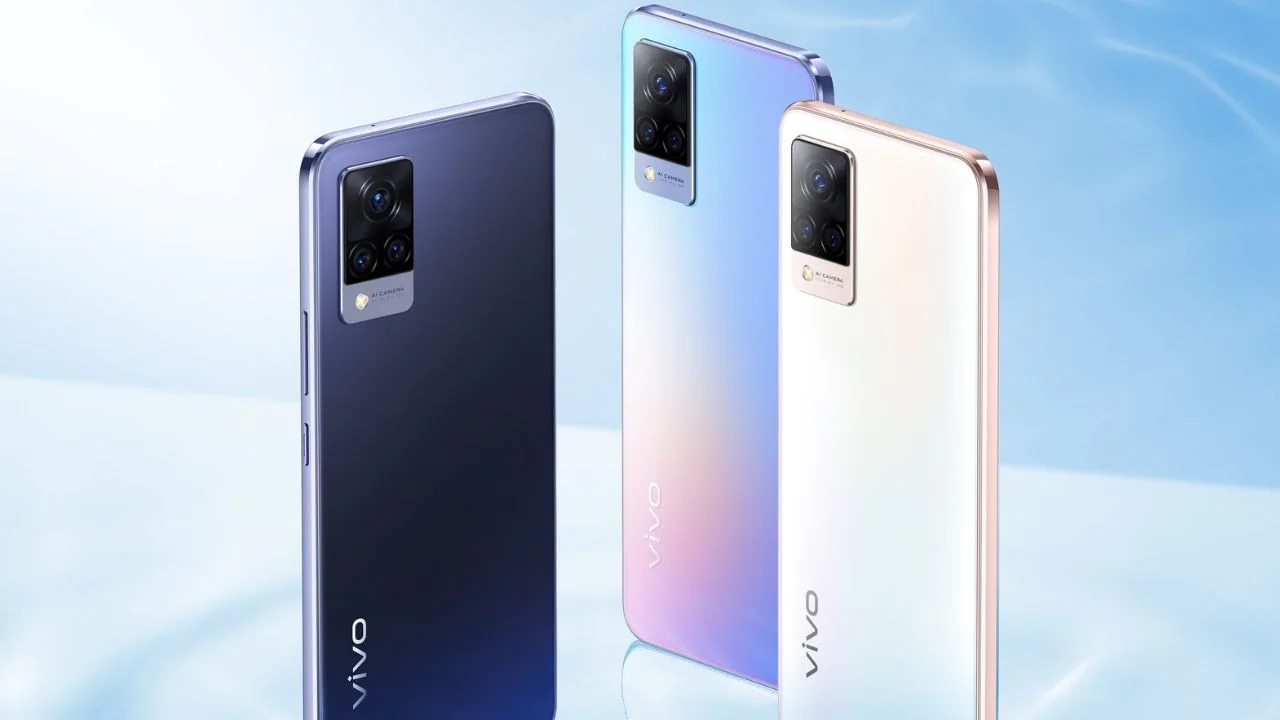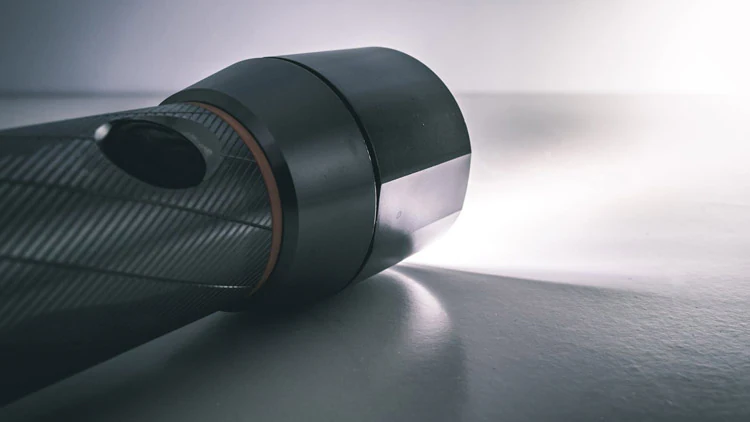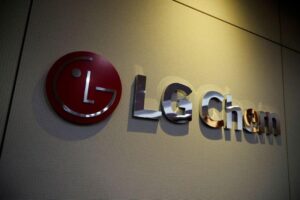
Even though MG India loads up their EVs with more practical features and tons of creature comforts, they are only able to manage a fraction of what Tata manages to sell. It wouldn’t be a stretch to say that Tata is thrashing MG in India when it comes to EVs
In the Indian automotive scene, EVs are a brand new and exciting chapter, not just for regular customers, but for driving enthusiasts as well, in its own peculiar way. Tata and MG are the two car brands that are leading the Indian EV revolution, at least for passenger four-wheelers.
Even though MG India loads up their EVs with more practical features and tons of creature comforts, they are only able to manage a fraction of what Tata manages to sell. It wouldn’t be a stretch to say that Tata is thrashing MG in India when it comes to EVs.
Number Game
While MG has just two EVs in India, the MG Comet and the MG ZS EV, Tata has the widest EV portfolio in the passenger car market. The two most popular selling EVs in India, the Nexon EV, and the Tiago EV, are both Tata products. Because of Tata’s wide range of EVs, there is an EV for practically everyone looking for an EV.

Related Articles
Up until June of this year, Tata has sold just under 30,000 EVs in India. In comparison, MG has managed to sell around 10 per cent of that number, about 3200. In May, for example, Tata sold 5,959 EVs. In the same month, MG reports that they sold 457. Two months before this, in March, when the financial year ends and car makers usually offer some pretty attractive deals, Tata sold 7,298 EVs, compared to MG’s 516.
All of this has a compounding effect on a consumer who is in the market looking to buy an EV. Not everyone follows automotive news and reviews as closely as enthusiasts and for people like these, the best indicator of how good a car or an EV is, is by the numbers that they see on roads.
MG seriously need to amp up its portfolio and bring some exciting new offerings if it wants to take on Tata, or any other legacy car brand in India.
Legacy Loses Out
If we look at the motoring history of the world, MG has a far better and rich legacy than Tata. However, legacy is good only for a history lesson, PR, and for a great marketing story. It rarely translates into recurring sales.
Despite its legacy, MG is not able to compete with Tata. This boils down to two main reasons. MG has had a bad reputation in India for its reliability issues with its ICE vehicles. The internet is filled with videos and social media posts of brand-new MG Hectors breaking down in the middle of nowhere and the horrendous and high-handed ways that service agencies dealt with MG customers.
Then, there is the experience of servicing your vehicles and the cost associated with it. India is a price-sensitive market and will continue to be one for aeons to come. Tata is notorious for the nightmares it puts its customers through when they go in to get their vehicles serviced. Yes, in the last couple of years, the service experience at Tata has improved exponentially, especially if you own one of their premium offerings, but that all depends on which service centre you take your car to.
In comparison, people who have actually bought an EV from MG will testify that apart from lengthy waiting times on certain days of the week, the experience is smooth and pleasant.
And yet, people still go for Tata’s offerings, overwhelmingly. The reason for that comes down to service cost or rather the cost of parts and consumables. MG made the critical mistake of offering spare parts and other consumables for a considerably higher price than most other car makers in the Indian market.
In the last year or so, prices of their parts have come down significantly, but there is this impression on people’s minds that the servicing cost of MG’s cars, be it EVs or ICEs, is expensive.
MG needs to advertise that its servicing costs are affordable and comparable with other major EV brands. If they manage to undercut their pricing even by a little, they will capture a sizeable portion of the market going forward, in no time.
MG’s Strange Product, Pricing Strategies
This is where MG India has missed the mark, and that too by a wide margin. In a market that was dominated by a compact sedan EV, MG decided to compete using a kei car, their Comet EV. This was a mistake that cost them doubly.
First, India is a market that is obsessed with the SUV and compact SUV form factor, even in jampacked urban centres. Even though kei cars have their utility, they are not fit for the Indian market, given the sentimentalities people and families have with their cars.
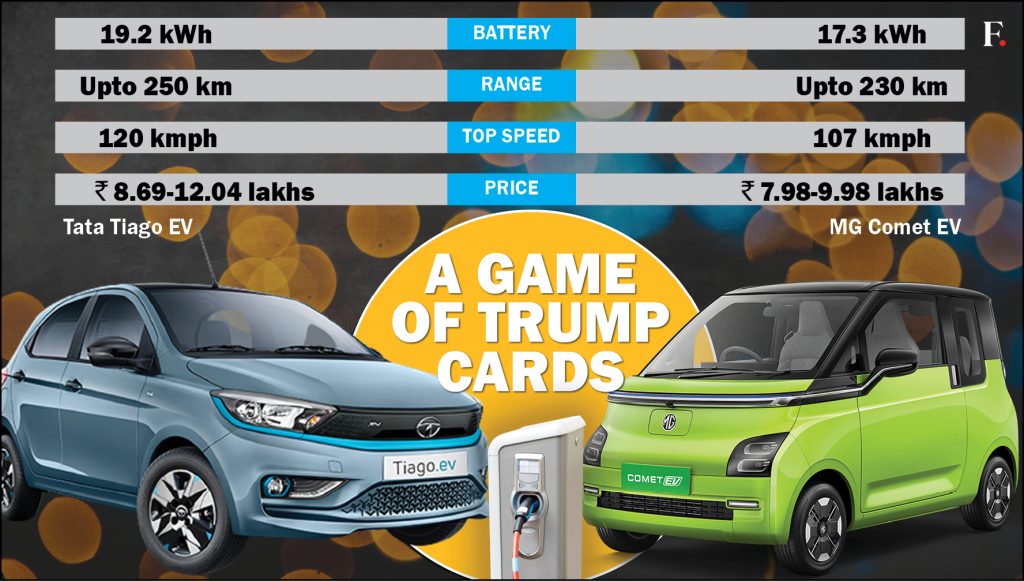
Second, for a kei car, the Comet was very expensive. Even though the Maruti WagonR and the Ignis are petrol vehicles, they are seen as the Comet EV’s competitors. Despite the fact that the Tiago EV is substantially more expensive than the Comet, people have this perception that the Comet is substantially more expensive than the WagonR and Ignis.
When we come to the ZS EV, MG is going up against the Nexon EV, and yet, it is priced as if it is in a segment or two higher than the Nexon EV. The base model of the ZS EV starts at 23.38 Lakhs, ex-showroom Delhi. Compared to that, the top model of Nexon EV Max goes for Rs 19.54 ex-showroom Delhi.
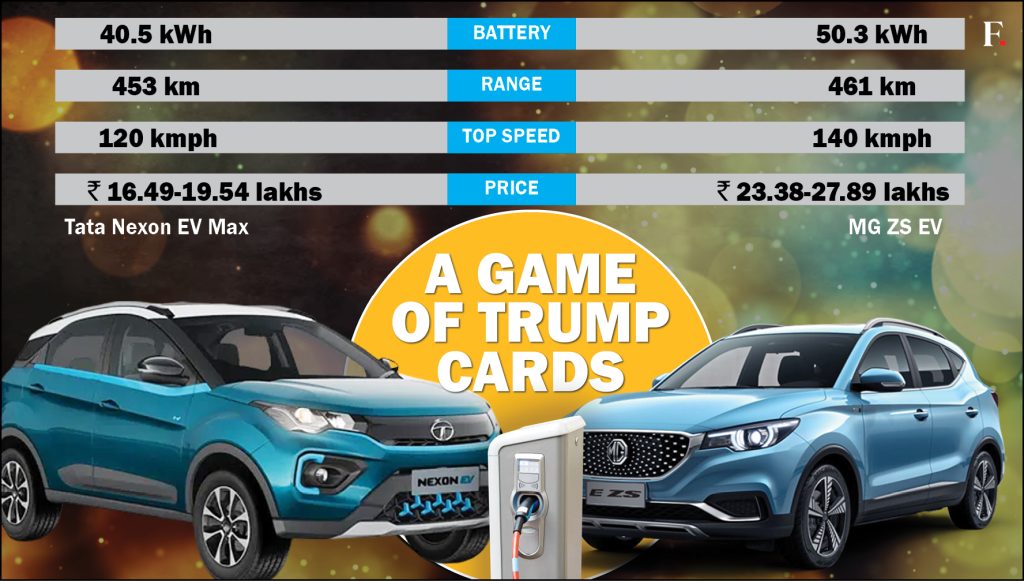
The only solution to this is that MG brings more EVs that are suited to India, specifically, Indian families. As much as brands would believe otherwise, in India, buying a car is always a family decision, even though it may be used by a single person.


